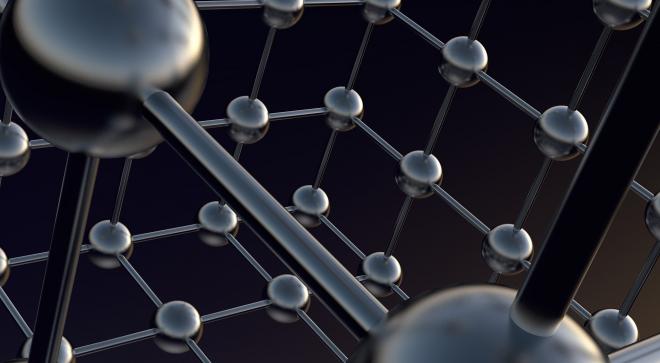Heating up nanowires with HPC
The Challenge:
To simulate how nanowires behave under thermal excitation and model the interactions of hundreds of thousands of atoms as they collide, showing how melting and instabilities occur works in different metals.
The Solution:
NeSI’s high-performance computing power was used to process this data. The parallel processing of the Māui supercomputer allowed dozens of simulations to be run at one time.
The Outcome:
Novel research into nanowire behaviour, with applications in electrical circuitry in physical and chemical systems. It showed how nanowires change under thermal excitation and details a new way to produce regular arrays of nanoclusters.
Nanotechnology is an exciting new field of science, at the heart of many disciplines, including chemistry, physics, engineering and medicine. From disease detection, to circuit design and precision medical treatments; nanowires, nanoclusters and other nanomaterials are delicate, highly advanced tools for solving a wide variety of problems.
Kannan Ridings is a doctoral candidate at The University of Auckland, where he studies condensed matter physics and computational (or theoretical) nanotechnology. With the aid of NeSI supercomputing resources, Kannan has simulated how nanowires behave under thermal excitation.
Nanowires are small structures, up to one millionth of a centimetre in diameter, with a wide range of uses: including as conductors and semi-conductors in microprocessors. When current is passed through nanowires, they heat up and are vulnerable to warping or even being destroyed.
“When you heat nanowires a thin layer of liquid forms on their surface. That liquid will grow as it gets hotter. We have found the liquid will not only grow, but also drive the solid part of the nanowire to become unstable, leading to the nanowire to break up and fall apart,” Kannan said.
However, the applications of Kannan’s research goes beyond stress testing nanowires; it can also be used to produce nanoclusters. Like nanowires, nanoclusters are used as semi-conductors in circuitry, but have further use as chemical and biological sensors.
“In extreme cases of thermal excitation, when nanowires become unstable, they can break apart and form into a chain of spheres,” said Kannan. “We try to exploit this behaviour for the self-assembly of nanoclusters on silicon, or other, material surfaces.”
Kannan’s simulations were based on experimental data of metals. With a set of equations, he simulated how the forces of atoms within each nanowire influenced each other. As the nanowire heats up, the atoms become excited and eventually undergo a phase change. Through simulation, Kannan obtained an accurate view of when and where these changes were happening.
“Computational simulations are useful because conducting this kind of experiment in a laboratory is not an easy task. In simulations we can know the positions of all atoms at all times and very accurately distinguish what’s a solid atom and what’s a liquid atom,” he said.
However, simulating the hundreds of thousands of atomic collisions that occur as a nanowire heats up required processing power well beyond standard computers. NeSI provided a vital role in the research, through access to its past Pan cluster (now decommissioned) and the new Maui supercomputer.
“Without the NeSI Pan cluster this research would basically be impossible. You’d be running these simulations for months or years. Now, when I’m running new simulations, I just type something into the terminal, and it starts running. I go away and a day or so later and all of the simulation and post-processing is essentially done. It has boosted my productivity significantly. NeSI helped to streamline that research.”
Kannan’s statistical model required the use of Maui’s parallel processing. Through Maui, he was able to run dozens of simulations at once; each set of results became a data point in a statistical model, showing how the nanowires behaved under a variety of conditions. With the help of NeSI staff, Kannan was able to write scripts that developed an automated post-processing stage, saving dozens of hours of work.
“When you start to get a lot of data, the post-processing stage can take quite some time. I devised a scheme to automate that entire process. I started to get there but got stuck on how to implement it on NeSI itself. I contacted Chris Scott; we met a couple of times and went through the scripts. Chris knew what I was talking about and what I wanted to achieve and helped setting up the whole system I now have,” Kannan said.
As nanowires undergo heat stress, they create a thin layer of molten liquid on their surface. How nanowires behave when they create this liquid – close to their melting point – was largely unstudied, so Kannan’s work was pioneering in the field. Because of the wide-ranging applications of nanotechnology, Kannan’s work has the potential to affect many different disciplines.
“Without modern HPC servers, a lot of research today in nanotechnology, physics and science in general just wouldn’t be possible,” he said.
---------------------
Do you have an example of how NeSI platforms have supported your work? We’re always looking for projects to feature as a case study. Get in touch by emailing support@nesi.org.nz.







